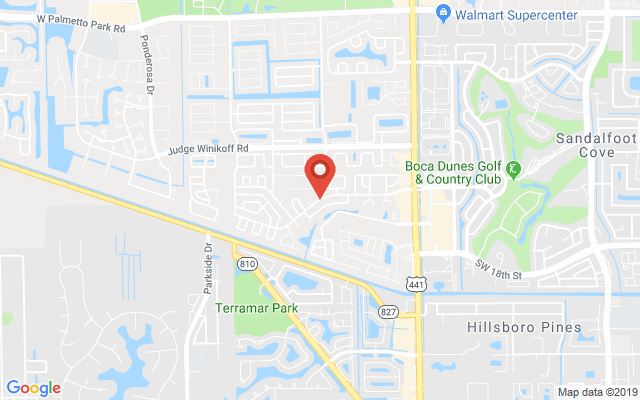Bodybuilders and others who wish to build muscle utilize Dindolyl Methane (or DIM). Recent studies have shown that DIM could pose health hazards. For example, DIM can cause serious liver damage if consumed in excess. Kidney damage can also be a concern, and may result in kidney failure. The long-term health risks associated with DIM cause many bodybuilders and athletes ask the question: should I supplement my diet with supplements with DIM?
The majority of people take a diindolylmethane supplement to improve the production of testosterone. It is well-known that testosterone functions as an androgen. This means that it can cause hormonal changes within the tissues. Studies have shown DIM to mimic the effects both of testosterone and other hormones. Certain manufacturers have added diindolylmethane (DIM) to their products to increase their marketability in male circles, as men produce more testosterone than women do. Men respond to products that mimic testosterone naturally.
In the end, numerous companies promote DIM as a cancer-fighter. It’s true that diindolylmethane does reduce tumor growth in laboratory animals, however the animals were injected with the drug, not orally. To get the same effect in humans, diindolylmethane would have to be consumed in high doses over a long period of time. Also, although the animals studied remained cancer free for several years however, they all suffered from liver disease at some point, probably due to too much diindolylmethane being present in their bodies. A doctor can give you a better understanding of how DIM is absorbed by the body.
According to the US National Institute of Environmental Health Safety and Security, the only way to prove that DIM is effective in treating breast cancer is to perform an experiment where cells from healthy breast cancer cells are exposed to high doses of diindolylmethane over a period of time. There are pros and negatives to using DIM just like every chemical. The ability to mimic hormones is among the benefits. This allows you to make insulin that can stop cancer cell growth. The negatives include the fact that diindolylmethane is also able to produce the potentially harmful chemical DMSO. Know more about dim (diindolylmethane) here.
One of the most common claims made about diindolylmethane’s use in an treatment for various ailments is that it is an natural, antibacterial, anti-cancer and anti-fungal agent. These claims were rejected by the National Institute of Health after an exhaustive review of supporting evidence. According to the Institute of Chemical Technology, there was no research conducted to verify this assertion. The Institute of Chemical Safety, conducting an in-depth study of the firestone’s safety profile concluded that the data presented by pharmaceutical companies about the benefits of diindolylmethane to humans were not completely reliable.
Van der Goes, et. al. published their findings in the May 2021 issue of the Journal of Toxicology and Environmental Health. Van der Goes, et al. identified the potential risks of diindolylmethane usage, which include skin rash and allergic reactions asthma attacks, as along with headaches, dizziness and respiratory issues. They also noted that the recommended daily allowance for this chemical is 0.2 milligrams, or about one 10th of a teaspoon. It is unclear what the concentration is when this chemical is paired with other substances. This substance is not considered safe since it hasn’t been thoroughly examined.
The abstract of the view demonstrates that the use of diindolylmethane for cancer treatment is based on the idea that intracellular inhibition of pyruvate metabolism via flavenoids can be inhibited and stops the accumulation of the pyruvate metabolites and oxalates in the renal tubule cells. Metabiplicate toxicology studies on the drug have not demonstrated that this chemical could cause overdose. In June 1996, the Food and Drug Administration approved this drug as a prescription drug. According to the FDA, the manufacturer of firestone tincture is currently in the process of completing two major trials–one in Europe and one in the United States.
The abstract of the view also indicates that diindolylmethane’s use in cancer treatment is based on the concept of inhibiting intracellular inhibition through flavenoids of pyruvate metabolism and thus preventing the accumulation of adenine and oxalates in the renal tubule cells. The toxicology studies of the drug metabiplicate have not demonstrated that this chemical can cause overdose. In June 1996, the Food and Drug Administration approved this drug as a prescribed drug. According to the FDA the company that makes firestone tincture is in process of completing two major trials–one in Europe and another in the United States. According to FDA, the FDA states that the maker of the tincture is currently completing two major trials in Europe as well as one in the United States.






